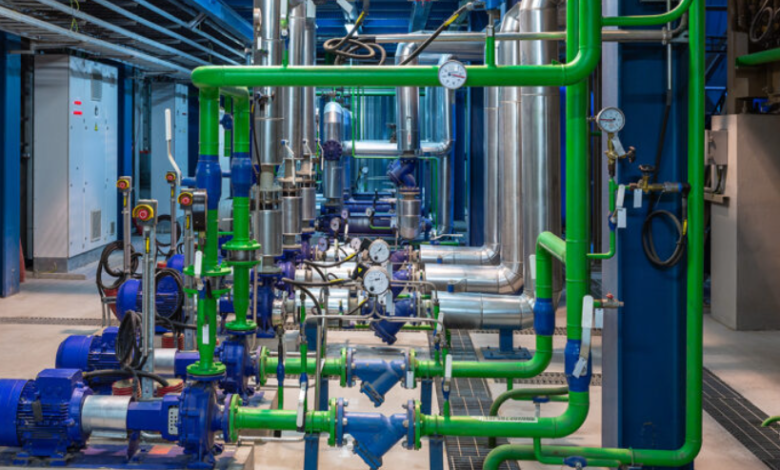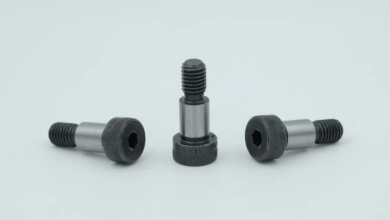Pigging System Return on Investment: Why It Pays to Invest in Pipeline Efficiency

In industrial operations where product transportation through pipelines is routine—such as in the oil, gas, food, beverage, chemical, and pharmaceutical industries—efficiency and product integrity are paramount. One highly effective technology helping achieve these objectives is the pigging system. While the technical benefits of pigging are widely known, many stakeholders hesitate due to the initial investment required. However, the pigging system return on investment (ROI) tells a compelling story: when implemented correctly, pigging systems save money, reduce waste, and generate measurable gains within a surprisingly short period.
This article breaks down how pigging systems drive ROI, what factors influence it, and why forward-thinking companies are embracing this technology more than ever.
What Is a Pigging System?
Before we dive into ROI specifics, it’s essential to revisit what a pigging system is. Pigging involves sending a specialized device—called a pig—through a pipeline to perform cleaning, product recovery, separation, or inspection. Pigs are inserted through a pig launcher, travel through the line, and are collected at a pig receiver. Some pigs are simple foam tools; others are advanced “smart pigs” equipped with sensors and data logging capabilities.
While pigging systems require an upfront investment in infrastructure, pigs, automation, and safety controls, the pigging system return on investment often justifies these costs many times over.
See also: UL TPU Cable: A High-Performance Wiring Solution for Modern Technology
Calculating Pigging System Return on Investment
So, how do you measure the financial returns of pigging systems? It involves comparing the cost of implementation with the savings and benefits realized over time. Key ROI-driving factors include:
✅ Product Recovery
One of the most tangible benefits of pigging is the recovery of residual product left in pipelines. In industries like food processing or cosmetics, this can account for thousands of liters of product annually. That’s product you can sell instead of wash down the drain.
Example: A beverage company using a pigging system to recover 50 liters of syrup per batch could save over 18,000 liters annually if running just one batch per day.
✅ Reduced Cleaning Costs
Pigging significantly reduces the need for water, detergents, and manual labor during pipeline cleaning. This saves not only money but also water and time.
✅ Less Downtime
Traditional cleaning methods may require halting production, leading to unproductive downtime. Pigging can be integrated into automated systems, allowing cleaning and product recovery to occur without stopping operations.
✅ Improved Product Quality
Eliminating product cross-contamination leads to better product quality, reduced waste, and fewer customer complaints or recalls—all of which impact profitability.
✅ Extended Equipment Life
Regular pigging removes corrosive materials, sediment, and blockages, reducing wear and tear on pipelines and pumps.
✅ Regulatory Compliance
Industries governed by health, safety, and environmental regulations (like pharmaceuticals and food) benefit from pigging’s ability to maintain hygiene standards without excessive chemical use or wastewater production.
Real-World ROI Examples
Let’s explore how the pigging system return on investment plays out in various industries.
🍝 Food and Beverage Sector
A sauce manufacturing company installs a hygienic pigging system in their pipeline used to transfer tomato sauce. They previously lost 15–20 liters per batch to product hold-up. With pigging, they recover 95% of the remaining product.
- Product Value: $3 per liter
- Recovered Product per Batch: 18 liters
- Daily Savings: 18 liters × $3 = $54
- Annual Savings (assuming 300 batches/year): $16,200
ROI in this case is achieved within one year due to product recovery alone—not including savings on cleaning agents, water, or labor.
🧪 Chemical Manufacturing
A plant producing multiple chemical formulations uses pigging to clean lines between batches. Before pigging, cleaning required flushing with solvents, producing chemical waste and increasing disposal costs.
- Savings on Solvent Use: $12,000/year
- Waste Disposal Savings: $8,000/year
- Downtime Reduction: Increased productivity = $25,000/year
Total ROI within 18 months. These numbers don’t even include improved worker safety and reduced environmental liability.
How to Maximize Pigging ROI
To get the best pigging system return on investment, consider these best practices:
✔️ Design with ROI in Mind
Work with experienced engineers to ensure your system is tailored for maximum product recovery and cleaning efficiency.
✔️ Train Staff Properly
Operators should be trained in safe pigging practices to avoid misuse or equipment damage.
✔️ Choose the Right Type of Pig
Different pigs serve different purposes. Using the wrong type can reduce effectiveness and damage your system.
✔️ Track Performance
Measure product recovery, downtime reduction, and cleaning savings. Track ROI metrics quarterly to adjust your strategy if needed.
✔️ Upgrade When Necessary
As product formulations or production volumes change, your pigging system might need upgrades to maintain high efficiency.
Conclusion
While pigging systems may seem like a technical upgrade or a maintenance tool, they are, in reality, a strategic investment. The pigging system return on investment is often high and achieved faster than expected—thanks to savings on product recovery, cleaning costs, labor, water, and downtime. More importantly, pigging improves product quality, reduces waste, and helps businesses comply with strict hygiene and environmental standards.
In today’s competitive landscape, operational efficiency is not just a benefit—it’s a necessity. Companies that adopt pigging are not only modernizing their systems but also making smarter financial decisions that yield long-term gains.




